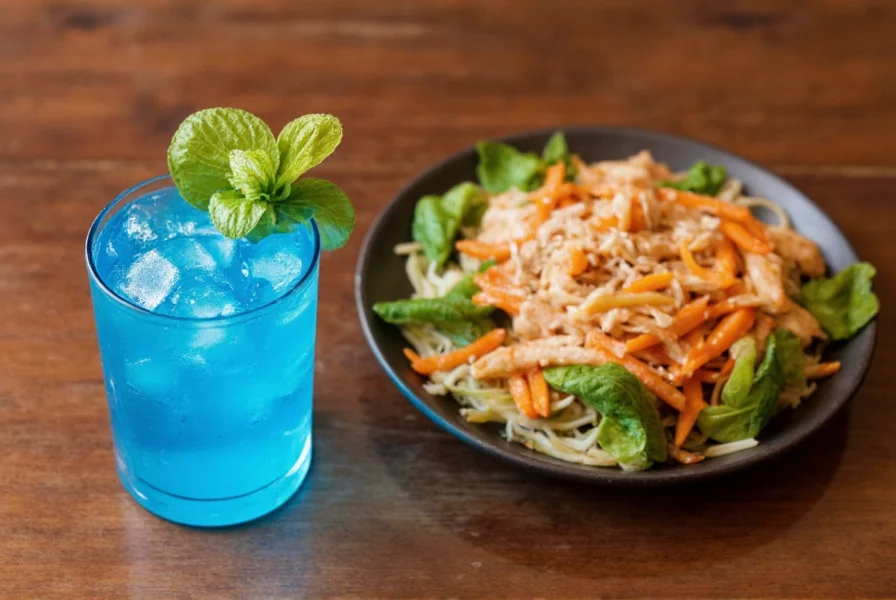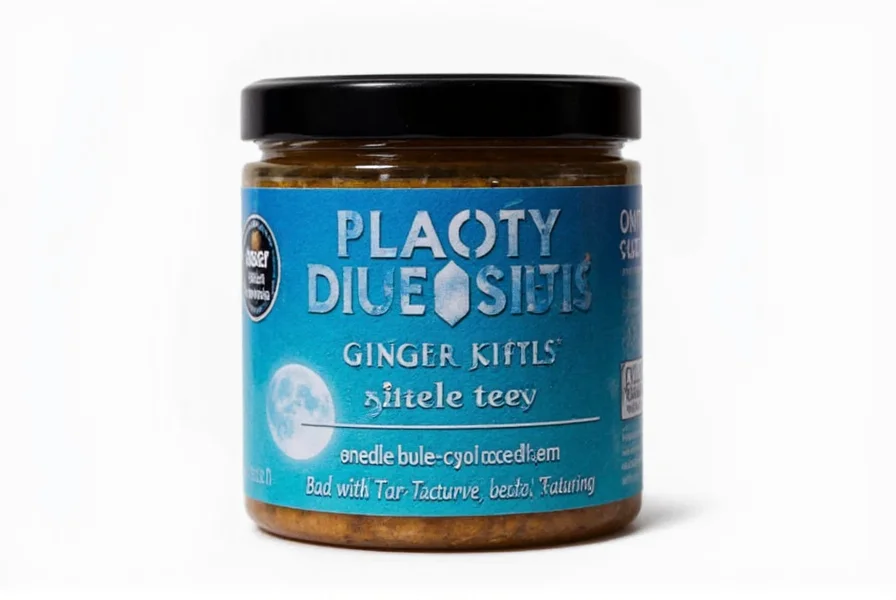When searching for how to make Blue Moon Ginger Dash cocktail, you're likely looking for a straightforward recipe that maintains the integrity of Blue Moon's signature flavor while adding a ginger kick. This popular beer cocktail has gained traction in craft beer circles and casual drinking establishments alike for its simplicity and refreshing profile.
Understanding the Blue Moon Ginger Dash Components
The beauty of the Blue Moon Ginger Dash lies in its minimal ingredient list, which allows each component to shine. Unlike complex mixed drinks requiring numerous specialty ingredients, this cocktail exemplifies the simple beer cocktail with ginger approach that has become increasingly popular.
| Ingredient | Role in Cocktail | Recommended Ratio |
|---|---|---|
| Blue Moon Belgian White | Base beer with citrus notes | 70% (8 oz) |
| Ginger Beer or Ginger Ale | Spicy, carbonated complement | 30% (3-4 oz) |
The key difference between using ginger beer versus ginger ale comes down to intensity. Ginger beer Blue Moon cocktail variation provides a more robust, spicy kick with stronger carbonation, while ginger ale creates a milder, sweeter profile that lets Blue Moon's orange notes dominate.

Step-by-Step Preparation Guide
Creating the perfect Blue Moon Ginger Dash requires attention to temperature and pouring technique. Follow these steps for optimal results when making your Blue Moon and ginger beer drink:
- Chill both Blue Moon and your chosen ginger beverage to 38-40°F (3-4°C)
- Use a tall pilsner or pint glass (12-16 oz capacity)
- Pour Blue Moon first, filling approximately 70% of the glass
- Gently add ginger beer/ale down the side of the glass to preserve carbonation
- Add a thin orange wedge as garnish (traditional with Blue Moon)
- Serve immediately without stirring to maintain layered carbonation
The pouring technique significantly impacts the final drink's character. Pouring the ginger component slowly prevents excessive foaming while allowing the flavors to integrate gradually as you drink. This method creates what enthusiasts call the perfect ginger beer wheat ale combination experience.
Variations and Customizations
While the classic Blue Moon Ginger Dash maintains a strict two-ingredient profile, several thoughtful variations have emerged that enhance specific flavor dimensions:
- Spiced Ginger Dash: Add 2-3 dashes of Angostura bitters before combining beverages
- Lime Twist: Squeeze 1/4 lime into the glass before adding ingredients
- Ginger Syrup Enhancement: For less carbonation, substitute 1 oz ginger syrup with soda water
- Seasonal Variation: In fall, add a pinch of pumpkin spice to the ginger component
Professional mixologists note that the Blue Moon ginger ale cocktail ratio can be adjusted based on personal preference, with some preferring a 60-40 split for stronger ginger presence. The key is maintaining balance—Blue Moon's subtle coriander and orange peel notes should complement rather than compete with the ginger element.
Serving Context and Pairing Suggestions
The Blue Moon Ginger Dash shines in specific contexts where its refreshing qualities can be fully appreciated. Understanding when to serve this beer cocktail with ginger flavor enhances the overall experience:
- Temperature Matters: Best enjoyed between 40-45°F (4-7°C)—colder temperatures mute ginger's spicy notes
- Occasion Fit: Ideal as a summer aperitif or alongside spicy Asian cuisine
- Glassware Impact: A tulip glass concentrates aromas better than a standard pint
- Food Pairings: Complements Thai curry, fish tacos, or citrus-marinated grilled chicken

Unlike many beer cocktails that mask the beer's character, the Blue Moon Ginger Dash exemplifies how thoughtful pairing can enhance Blue Moon wheat beer flavor profile. The ginger's warmth actually accentuates Blue Moon's subtle spice notes while the additional carbonation lifts the citrus elements.
Common Misconceptions Addressed
Several misunderstandings circulate about preparing the Blue Moon Ginger Dash. Clarifying these ensures you achieve the authentic experience:
- Mixing vs. Layering: Stirring the drink diminishes carbonation and creates excessive foam—let the components integrate naturally as you drink
- Ginger Beer Quality: Not all ginger beers work equally well; choose brands with real ginger content rather than artificial flavors
- Temperature Confusion: Serving too cold masks the ginger's complexity; slightly warmer than typical beer temperature is ideal
- Ingredient Substitutions: Ginger ale creates a sweeter, milder drink while ginger beer delivers more pronounced spice
Understanding these nuances separates a mediocre Blue Moon ginger cocktail recipe from an exceptional one. The simplicity of this drink means ingredient quality and preparation technique directly impact the final result.
Frequently Asked Questions
What's the difference between using ginger beer and ginger ale in a Blue Moon Ginger Dash?
Ginger beer contains more real ginger root, resulting in a spicier, more robust flavor with stronger carbonation. Ginger ale is typically sweeter and milder, allowing Blue Moon's citrus notes to dominate. For a spicy Blue Moon ginger cocktail, choose ginger beer; for a milder version, use ginger ale.
Can I make a non-alcoholic version of the Blue Moon Ginger Dash?
Yes, you can create a non-alcoholic version using non-alcoholic wheat beer combined with premium ginger beer. Look for alcohol-free Belgian-style wheat alternatives and maintain the same 70-30 ratio for the non-alcoholic Blue Moon ginger drink experience.
Why shouldn't I stir the Blue Moon Ginger Dash after combining ingredients?
Stirring causes excessive foaming and releases carbonation too quickly, diminishing the drink's refreshing quality. The proper Blue Moon ginger cocktail technique allows the components to integrate gradually as you drink, preserving the layered flavor experience and optimal carbonation level throughout consumption.
What's the ideal ratio for a Blue Moon Ginger Dash cocktail?
The standard ratio is 70% Blue Moon to 30% ginger component (approximately 8 ounces beer to 3-4 ounces ginger beverage). This optimal Blue Moon ginger ratio maintains Blue Moon's characteristic flavor while adding noticeable ginger complexity without overwhelming the beer's profile.
Which ginger beer brands work best for a Blue Moon Ginger Dash?
Fever-Tree, Q Mixers, and Maine Root offer premium ginger beers with real ginger content that complement Blue Moon well. Avoid brands with artificial ginger flavor or excessive sweetness for the most authentic Blue Moon ginger beer cocktail experience. Small-batch craft ginger beers often provide the most complex flavor profile.











 浙公网安备
33010002000092号
浙公网安备
33010002000092号 浙B2-20120091-4
浙B2-20120091-4